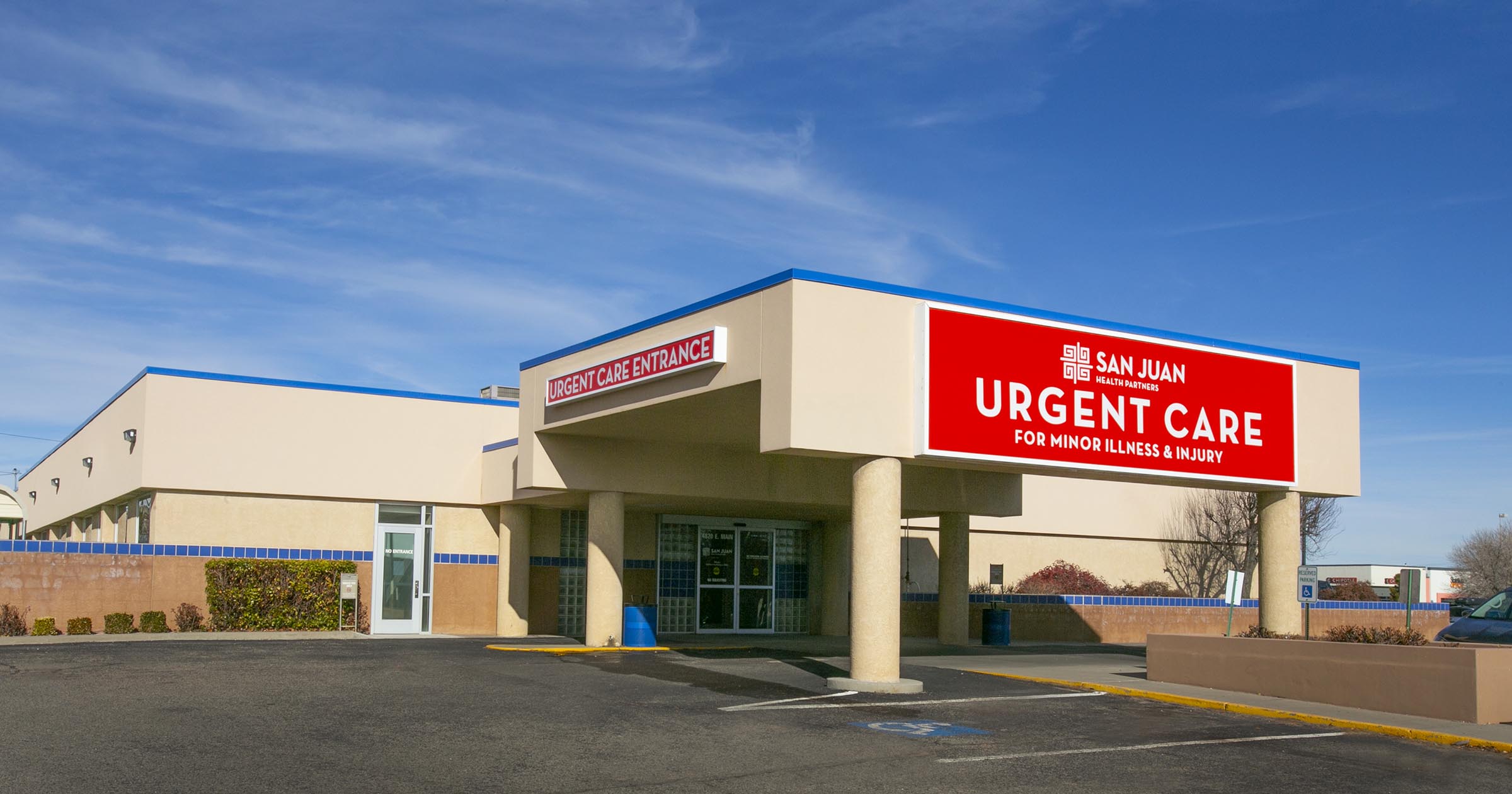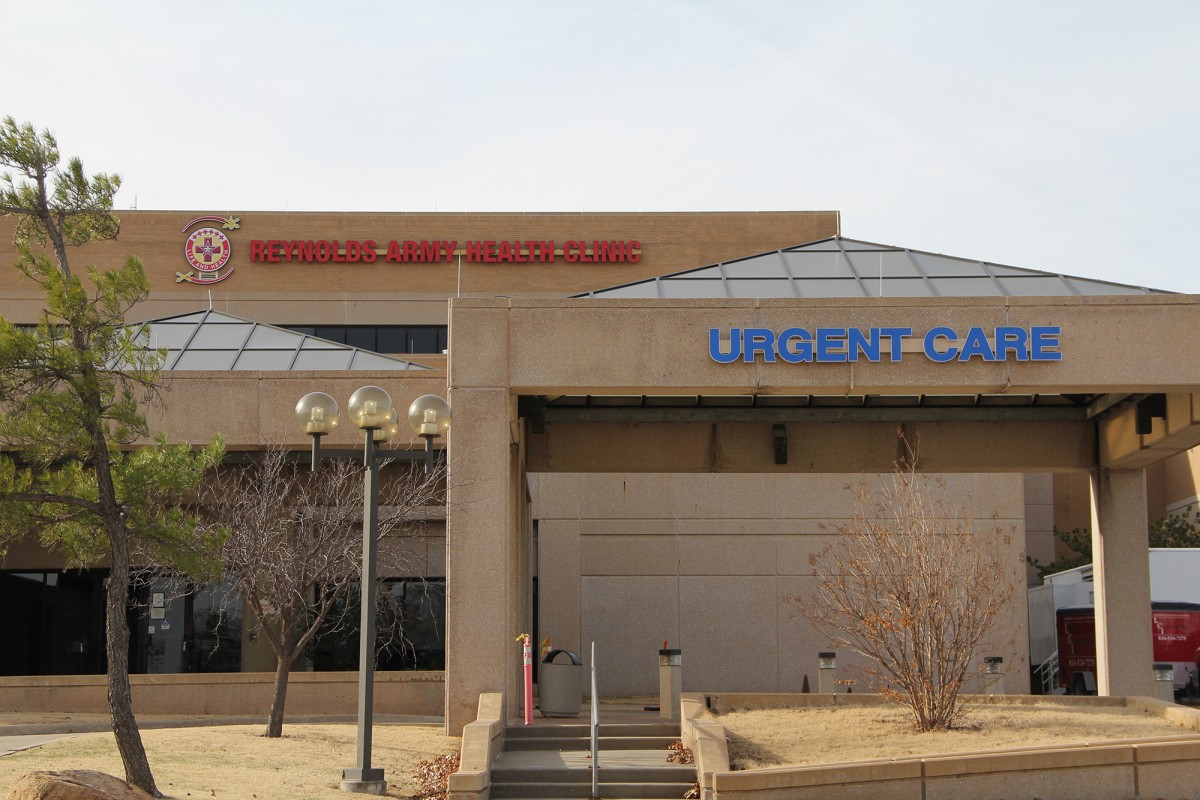The Ultimate Overview to Recognizing Urgent Care Clinics
Wiki Article
Recognizing the Function of Urgent Care in Providing Timely Treatment for Non-Life-Threatening Conditions
Urgent treatment facilities have actually arised as a crucial element of the health care landscape, attending to the instant requirements of individuals with non-life-threatening conditions. By offering obtainable and prompt clinical services, these facilities efficiently bridge the gap in between key care and emergency departments. The effects of their function extend past simple convenience, motivating a better evaluation of when and just how these facilities are utilized. Recognizing the nuances of urgent treatment could dramatically affect client end results and the general efficiency of medical care delivery. What variables add to their expanding relevance in contemporary medicine?What Is Urgent Treatment?
Immediate care refers to a category of clinical services created to address non-life-threatening conditions that call for immediate interest. These centers work as an intermediary between medical care physicians and emergency spaces, using a convenient option for patients who need prompt treatment without the considerable waiting times normally associated with emergency departments.Urgent treatment facilities are commonly staffed by medical experts, including doctors, registered nurse experts, and physician assistants, who are trained to diagnose and treat a broad variety of problems. Typical solutions given by these facilities consist of therapy for small injuries, illnesses, and infections, as well as diagnostic tests such as X-rays and laboratory work.
The accessibility of immediate treatment is a crucial element in its appeal, as many centers operate beyond normal workplace hours, including evenings and weekend breaks. When their primary treatment supplier might not be easily accessible, this extended schedule enables clients to obtain prompt care. In addition, urgent treatment centers commonly accept walk-in people, getting rid of the need for consultations. In general, immediate care plays a vital function in the healthcare system, making sure patients can access crucial medical solutions quickly and effectively.

Several individuals may locate themselves unsure about when to look for care at an immediate care facility instead of a health care physician or an emergency clinic. Urgent treatment is created to address non-life-threatening problems that need timely attention however are not extreme sufficient to necessitate an emergency area go to.
Usually, one ought to take into consideration urgent look after issues such as minor cracks, strains, cuts needing stitches, or infections like urinary system system infections. Additionally, chilly or flu symptoms, breakouts, and sensitive reactions can likewise be suitably managed in this setting.
It is vital to note that urgent treatment is not ideal for deadly emergency situations, such as upper body pain, difficulty breathing, or serious bleeding, which require instant emergency clinic intervention.
Individuals who lack accessibility to a main care medical professional or can not protect a timely consultation might additionally gain from urgent care services. Eventually, comprehending when to make use of immediate treatment can bring about more reliable medical care delivery, allowing patients to receive the suitable level of care based on their specific health needs.
Benefits of Urgent Care Centers
Choosing immediate treatment facilities for non-life-threatening problems uses a number of advantages that improve client experience and availability. One main benefit is the decreased wait times contrasted to typical emergency situation areas. Immediate care facilities generally operate a first-come, first-served basis, allowing people to obtain timely medical attention without the lengthy hold-ups typically connected with medical facility settings.In addition, immediate care facilities give prolonged hours, including weekends and evenings, suiting individuals with varying timetables. This versatility guarantees that individuals can look for care when it is most hassle-free for them, even more promoting prompt intervention.

Moreover, these centers usually supply a detailed variety of services, consisting of analysis tests and small treatments, all under one roof. This consolidation of solutions not only streamlines the person experience however also cultivates a much more cohesive strategy to handling non-life-threatening health concerns, eventually benefiting general patient end results.
Typical Problems Treated
At immediate care centers, a selection of non-life-threatening conditions can be properly treated, supplying patients with timely and easily accessible medical support. These centers are particularly proficient at resolving issues that need punctual attention but do not present a prompt risk to life or limb.Usual problems treated at urgent care facilities consist of small injuries such as sprains, stress, and cracks. In addition, they take care of diseases like colds, flu, and infections, including urinary tract infections and sinus problems. Skin problem, varying from breakouts to insect attacks, are additionally regularly addressed. Urgent treatment centers are geared up to execute needed diagnostic examinations, such as X-rays and lab tests, enabling them to give thorough treatment.
Additionally, urgent treatment providers can carry out inoculations, assisting to avoid the spread of transmittable conditions - Urgent Care. They likewise offer solutions for minor procedures, such as suturing injuries or draining abscesses. By offering these varied services, immediate care centers play an essential function in bridging the void in between health care and emergency situation services, ensuring individuals get prompt treatment for a wide variety of conditions without the demand for long delay times normally connected with emergency situation areas
official site
How Urgent Treatment Supports Medical Care System
Urgent care centers play an essential duty in supporting the general healthcare system by easing the concern on emergency situation departments and supplying prompt accessibility to healthcare for non-life-threatening conditions. By managing instances such as minor injuries, infections, and health problems, urgent care centers permit emergency divisions to concentrate on more important patients needing prompt attention.Furthermore, immediate treatment facilities boost healthcare accessibility, supplying prolonged hours and a much more hassle-free alternative to conventional medical care setups. This access is particularly useful for people that may not have a regular doctor or that call for prompt therapy beyond typical office hours. Consequently, urgent care centers successfully lower wait times and improve client fulfillment.
In addition, immediate treatment centers add to set you back financial savings for both patients and the healthcare system by providing lower-cost services compared to emergency departments. This financial efficiency is important in an era of rising health care expenses, enabling individuals to get required care without incurring outrageous expenditures.
click for source
Verdict
To conclude, Look At This immediate care centers play an important role in the healthcare system by delivering prompt therapy for non-life-threatening problems. By connecting the gap between medical care and emergency situation areas, these facilities guarantee that clients get timely clinical focus without the prolonged wait times normally connected with emergency divisions. The ease of access and efficiency of urgent treatment facilities contribute considerably to minimizing the overall burden on medical care sources, improving patient end results, and promoting an extra effective medical care shipment system.Immediate care facilities have arised as a crucial component of the medical care landscape, dealing with the prompt needs of patients with non-life-threatening problems. Urgent treatment gos to usually incur reduced out-of-pocket expenses contrasted to emergency situation department check outs, making care extra budget-friendly for people without compromising top quality. Urgent treatment centers are geared up to carry out needed diagnostic examinations, such as X-rays and research laboratory examinations, enabling them to give extensive treatment.
By supplying these diverse services, urgent treatment facilities play an important function in linking the gap between main treatment and emergency situation services, guaranteeing individuals obtain prompt treatment for a broad variety of problems without the demand for lengthy wait times usually linked with emergency situation areas.
Moreover, urgent care centers improve health care access, supplying extensive hours and a more convenient alternative to conventional main care settings.
Report this wiki page